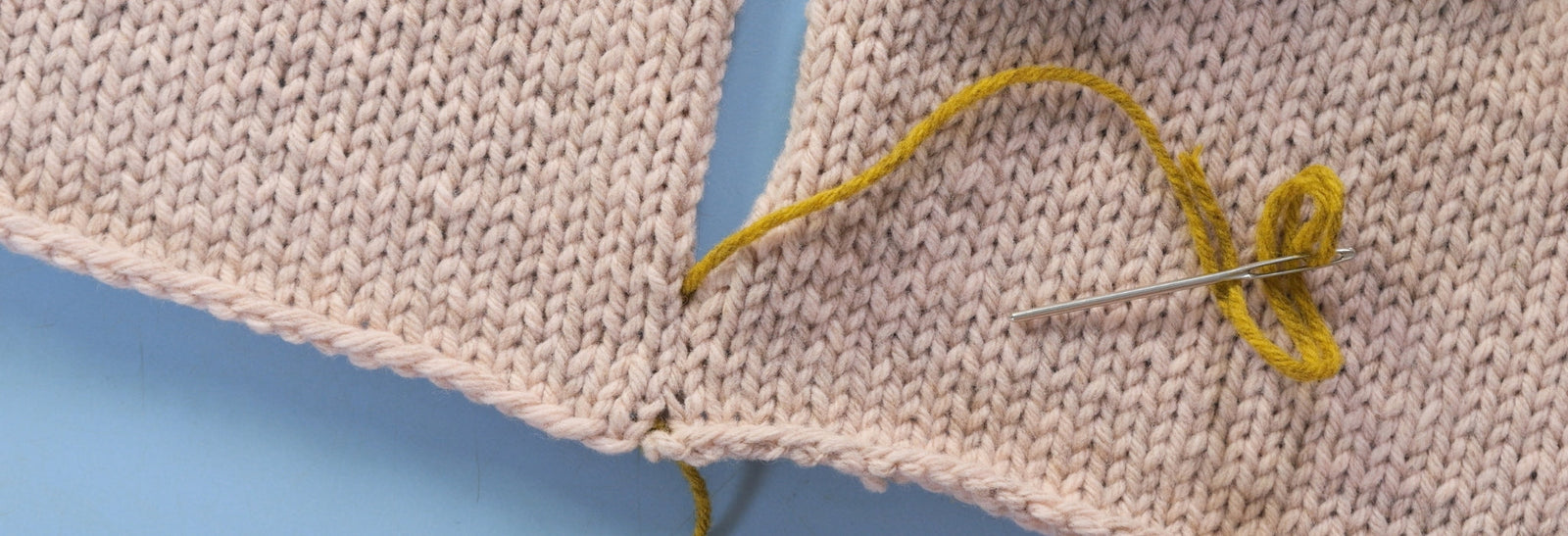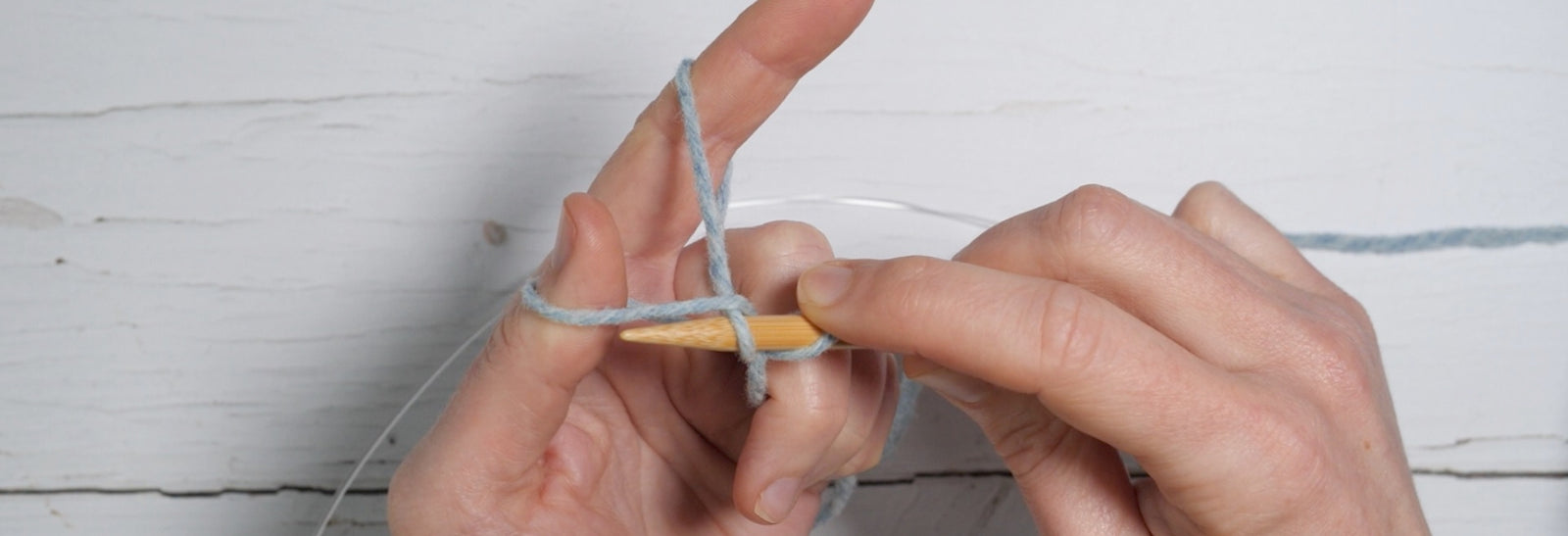Your Cart is Empty
Field trip to New Lanark
May 03, 2013
Update May 2021:
As part of preparing a release of New Lanark wool in our online shop, we revisited this blog post and reflected on the history that is not included in either our account of visiting the mill, or within the the New Lanark visitor centre or website. Thanks to the labour of Black activists, and organisations, who have called for a fuller examination of Scotland’s role in the transatlantic slave trade, we began researching the history of the New Lanark Mill, its cultural legacy and historical owner Robert Owens.
Like many figures of the Scottish Enlightenment, Robert Owens gained prosperity from the cotton trade, using cotton from plantations worked by enslaved people in the USA, Brazil and Caribbean. Those of us wanting to work with yarn produced in mills such as New Lanark have a responsibility to acknowledge and confront all aspects of their heritage. By critically examining the whitewashed history of much of Britain’s textile industry, we become better equipped to ask what the present and future holds for individuals in the industry today. In learning about previously eradicated histories we are better able to seek justice for those who are currently oppressed.
We have contacted the New Lanark Trust to ask that the mill's ties to the transatlantic slave trade are made an explicit part of the presentation of New Lanark's heritage within their visitor centre, education programmes, and website, and to ask who is, or will be, involved in decision making on how to present these stories. To date, there has been no response so we have decided to email the Board of Trustees. If you'd like to join us in emailing New Lanark, or contact an organisation or historic site near you to request similar action, you're welcome to use our template as a starting point. This has been a collaborative email produced in consultation with Black people and people of colour both within our team and external to our business.
To enable you to learn more about New Lanark, the connections between colonialism and the yarn we knit with today, and the wider context of how heritage sites, such as New Lanark, can and should address their erasure of that history, we've included some further reading links below. If you are interested in the provenance and story of any yarn you knit with, we hope that you too will feel able to ask for similar action from mills you purchase from. We have heard the growing calls to bring previously untold histories to the forefront of our celebrations of heritage, and not to shy away from the ugly truth of much commercial textile history. Asking for honesty from the mills we purchase from creates a positive opportunity for more widespread engagement with social justice issues.
Further reading:
- https://www.theguardian.com/books/2016/nov/04/david-olusoga-interview-black-history
- https://www.ferrengipson.com/https://www.museumsgalleriesscotland.org.uk/projects/empire-slavery-scotlands-museums/
- https://caravanmagazine.in/culture/the-complexities-of-addressing-past-while-decolonising-museums
- https://www.thebritishacademy.ac.uk/blog/addressing-colonial-narratives-museums/
- https://www.robertowenmuseum.co.uk/wp-content/uploads/2021/01/Owen-and-Slavery.pdf
- Sensitivity notice of explicit discussion of racism, slavery and abuse: https://www.scotsman.com/news/politics/michael-fry-history-has-been-unduly-kind-founder-new-lanark-1717616
- https://transnationalscotland.wordpress.com/news-and-workshops/blog-post-transnational-scotlands-third-workshop-at-new-lanark/
- https://www.museumsgalleriesscotland.org.uk/projects/empire-slavery-scotlands-museums/
This is by no means a complete list, and we would welcome any suggested additions.
Original blog post
Mulespun yarn is rather special, a type of woollen spun yarn that creates an especially airy, bouncy yarn. In the words of Bartlett Yarns, the last operational mule in the United States “The principle of the mule is to duplicate the motion of a handpspinner.” The carded fibre is drawn out, as twist is put into it, and then that section is wound onto bobbins before the process begins again. In other spinning methods the fibre is constantly drawn and twisted, without the pause where the tension is relaxed.
There is no mule involved, I’ll admit that when I first heard the name I pictured a mill powered by a mule walking in circles. It’s called a spinning mule because when it was invented it was a cross between two other kinds of spinning machines. There aren’t very many operating spinning mules, I believe there are only a couple left in North America, although historically they were more common in Europe (as far as I know most spinning equipment was imported to N. America from Europe and I suspect the mules were heavier and more costly although I am far from an expert on this history).
There is, however, one practically in my backyard, and anyone can visit it. A couple of months ago we went on a field trip to New Lanark, a former cotton mill village and now a museum. The spinning mule is in operation now spinning wool yarns that can be purchased in the museum shop or ordered online. There’s also a hotel, youth hostel and holiday apartments if you ever want to visit and the village is a fairly short drive from both Edinburgh and Glasgow. I mentioned this briefly in the video but it’s also historically important because of its place in the history of labour and education.
Sarah used New Lanark’s Donegal Silk Tweed Dk for a Blank Canvas, which turned out beautifully.

Also in Journal

Learn to Knit: Mattress Stitch
March 29, 2023
By following our step-by-step mattress stitch knitting tutorial, you'll learn how to make your seams look beautiful and how best to prepare your knitting so that when you seam it with mattress stitch, it goes smoothly on the first try.
Read More
How to Knit a Scarf: A Beginners Guide to Scarf Knitting
March 23, 2023
Want a quick and easy beginners tutorial on how to knit a scarf? This garter stitch scarf is easy to knit and requires just 3 skills; casting on, the knit stitch and casting off.
Read More
Learn to knit: the long tail cast-on
February 03, 2022
The long tail cast on is a great multi-purpose knitting cast on and the perfect place for beginner knitters to start. Learn how to work the long tail cast on and how to estimate the length of yarn needed with our clear step by step tutorial and video.
Read More Recent Articles
- Learn to Knit: Mattress Stitch March 29, 2023
- How to Knit a Scarf: A Beginners Guide to Scarf Knitting March 23, 2023
- Learn to knit: the long tail cast-on February 03, 2022
- How to Kitchener Stitch December 09, 2021
- Crochet Provisional Cast-on December 02, 2021
- Learn to knit: How to knit in the round with double pointed needles November 25, 2021
- Learn to knit: How to knit in the round using the magic loop technique November 25, 2021
- Learn to knit: How to knit in the round November 25, 2021
- Knitted Gift Ideas for you and your loved ones November 18, 2021
- Celebrating our Porty Hat Preview Knitters October 28, 2021
Free resources
-
KALS, step-by-step pattern guides and free patterns
Learn brioche with the free Daniel's Hat pattern
Tombreck - a free chevron beanie pattern
Working the brioche neck detail on the Polwarth sweater
Basics
Casting on
Decorative Channel Island Cast-on
Binding off
3 Easy Stretchy Bind-offs (p2tog bind-off; k2togtbl, k1 bind-off; Jeny's surprisingly stretchy bind-off)
Tubular Bind-off for brioche stitch
Increasing
Paired increase methods compared
Decreasing
Brioche stitch double decreases
Knitting in the round
How to Knit in the round using Magic Loop
How to Knit in the round using DPNs
Short rows
Swatching and gauge
Tips and tricks
Avoiding ears when binding off
Tighter purl stitches for neater cables and ribbing
Cabling without a cable needle
Reading knitting patterns
Understanding "continue in pattern"
Finishing
Garment knitting
Joining the body and sleeves on a seamless bottom up sweater
Sizing
Inclusive garment knitting
How to pick a garment without a model for you (specifically addresses finding garment patterns when your gender identity isn't represented and the styles you want to knit might not be sized to fit your body)
How does ease affect inclusive size ranges?
Specific stitch patterns
Lace
Identifying and fixing mistakes in lace knitting
Colourwork
Getting started with stranded colourwork
Understanding colour dominance
Working stranded colourwork over small circumferences
Decreases in stranded colourwork
Holding the yarn for stranded colourwork
Ladderback Jacquard (a neat way to deal with long floats)
Cables
Cabling without a cable needle
Cabling without a cable needle on the wrong side
How to knit cabled decreases
Closed ring cable increases and decreasesBrioche
How to work brioche stitch in the round
Other crafts
Cross stitch
How to begin your first large cross stitch project
How to finish a cross stitch project with an embroidery hoop frame
Mending

Sign up today
Find out the latest news from the studio such as sales, pattern releases, and new workshops or KALs our learning community, The Knitwork. We also share helpful tips and exclusive subscriber discounts...

